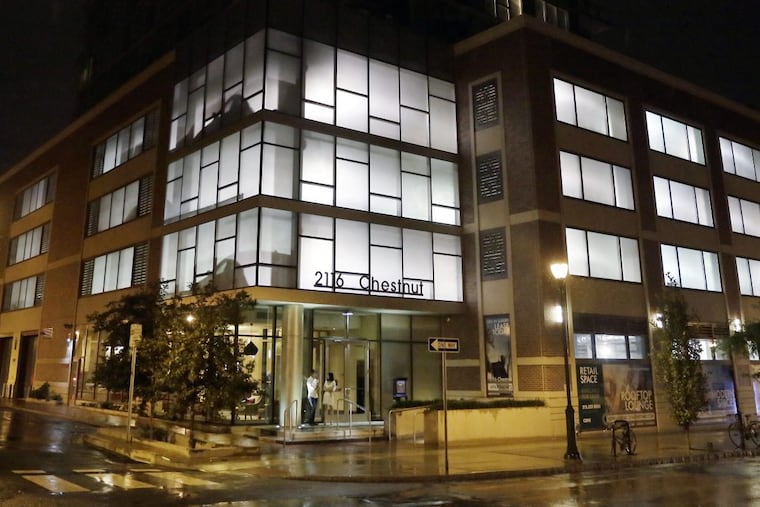Primary school: The 10-year tax abatement | Editorial
The abatement has become a lynchpin in the conversation about gentrification and displacement in the city.

The May 21 primary will not only help decide the composition of City Council and the mayor’s and other offices. Voters will also be signaling their views on some key issues facing the city. The Inquirer Editorial Board continues our Primary School series, designed to take a deeper look at some of these issues.
The issue: Philadelphia enacted the original 10-year tax abatement in 1997 for new construction and rehabilitated properties. At that time, depopulation and high vacancy rates for commercial buildings in Center City were a problem; the abatement helped spur a development boom that led to 11,000 new housing units being built between 1998 and 2005. In 2019, though, the fairness and the cost of the abatement are being questioned. The abatement has become a linchpin in the conversation about gentrification and displacement in the city.
The argument for it: Proponents of the abatement, such as Mayor Jim Kenney, argue that it incentivizes construction in areas in which development would be too expensive otherwise. According to an analysis by City Controller Rebecca Rhynhart, the city added 15,000 properties in the last 15 years — growing its share of real estate in the region.
The argument against it: A majority of candidates running for Council and the majority of Philadelphia voters polled by The Inquirer want to end or reform it. They argue that the abatement gives a large tax break to affluent developers and homeowners at the expense of the School District and longtime residents. There is truth in this claim. According to the controller, only 7 percent of abated properties are worth more than $700,000, but those properties receive 51 percent of the tax benefit — which totaled $93 million in 2017.
What will happen if nothing changes? As Center City grows and adds jobs, the demand for housing — expensive housing — will grow as well. The abatement will continue to make it cheaper to build expensive apartments and to flip rowhouses.
What are possible changes? There are a few proposals: Scale back the abatement to 8½ years, Eliminate the abatement. Cap it at a certain value. Eliminate the School District portion. Adjust the abatement by neighborhood.
What would be the fallout? Any change to the abatement would kick in after 10 years; currently abated properties wouldn’t be affected. According to the controller, development won’t stop completely if the abatement is eliminated or reformed — but some changes are more disruptive to development than others, and in some neighborhoods the impact will be larger. The least disruptive reform that would generate the most revenue would be capping the abatement at the first $700,000 of assessment.
The bottom line: The abatement was conceived when the city was bleeding jobs and population. That’s no longer the case — in part because of the abatement. The abatement should be subject to constant reform and debate. At the same time, it shouldn’t be scapegoated for gentrification, displacement, and a lack of affordable housing in Philadelphia. It is only one factor in the complex ecosystem of Philadelphia housing policy.